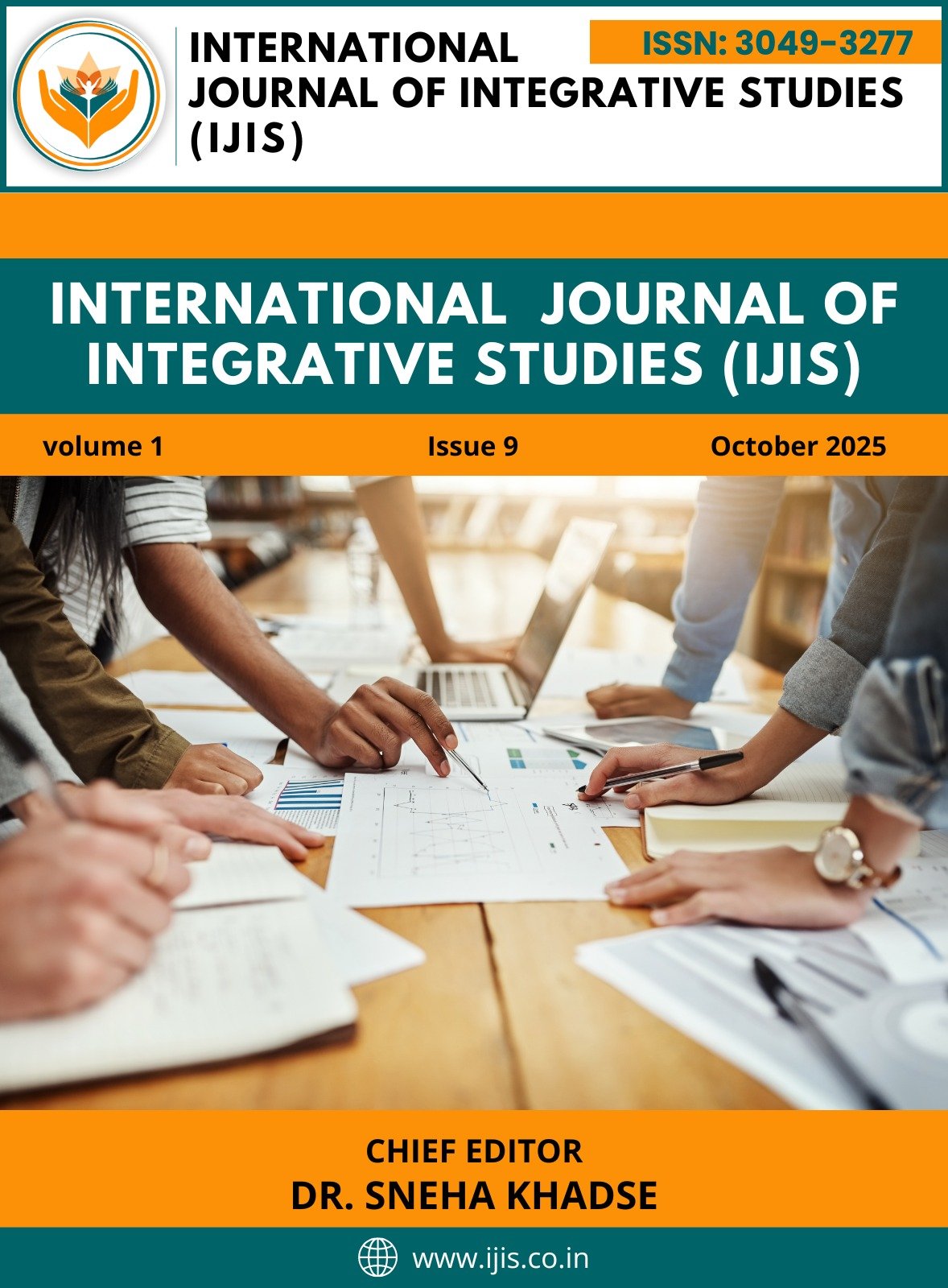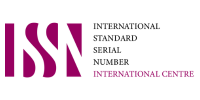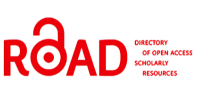Water Security in Urban Areas: Integrating Smart Monitoring Systems
DOI:
https://doi.org/10.63856/xapa7540Keywords:
Urban water security; Smart water networks; IoT sensing; Non revenue water; Contamination warning; Interoperability; Cyber physical securityAbstract
Urban water security hinges on the reliable provision of safe, affordable water and the protection of people and infrastructure from contamination, losses, scarcity, and flood-related disruptions. Rapid urbanization, climate variability, aging assets, and growing cyber–physical risks expose gaps in traditional supervisory control and data acquisition (SCADA) regimes. Smart monitoring systems—continuous sensing of hydraulic and water quality parameters, edge-to-cloud analytics, and decision automation—offer near real time situational awareness to reduce non revenue water, mitigate contamination events, and optimize operations. This paper develops an integration blueprint that combines district metered areas (DMAs), multi parameter sensors (pressure, flow, acoustic leak, residual chlorine, turbidity, conductivity), remote sensing, and city platforms via interoperable standards (e.g., OGC Sensor Things) and low power wide area networks (LPWANs). We present a methodology for pilot design, data quality controls, anomaly detection, and cyber security hardening (IEC 62443/NIST 800 82), followed by a unit economics and impact framework (KPIs: NRW, response time, water quality compliance, energy per m³). A synthesis of documented deployments suggests smart monitoring can accelerate detection, reduce losses, and improve resilience when paired with governance, workforce, and data rights measures. The paper concludes with a roadmap for city utilities to scale from pilots to platform level capabilities while balancing openness, security, and affordability.

Downloads
Published
Issue
Section
License

This work is licensed under a Creative Commons Attribution-NonCommercial 4.0 International License.




